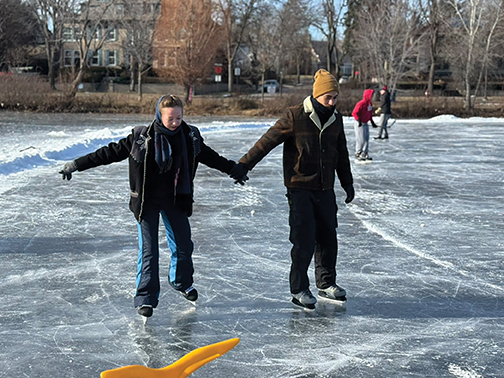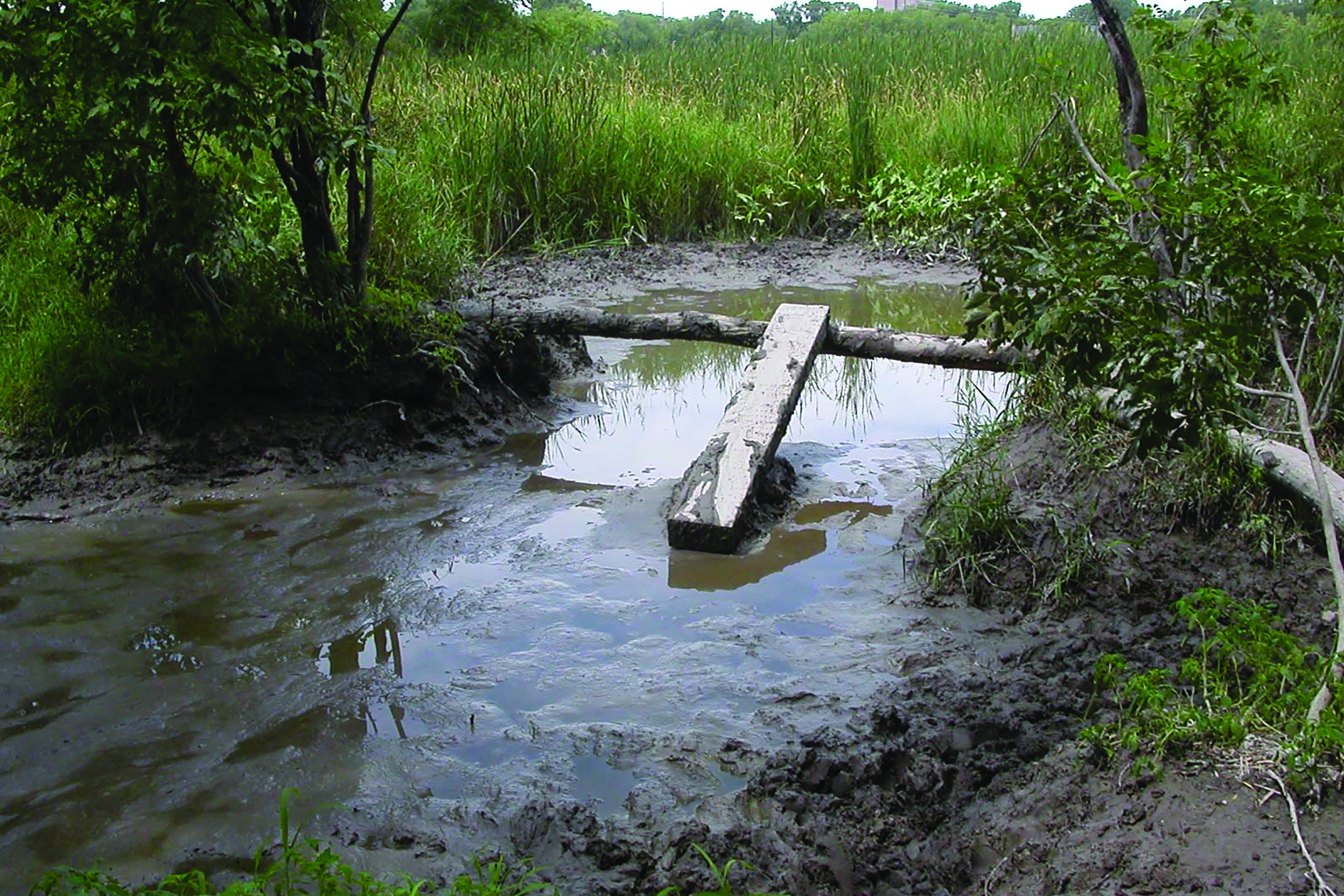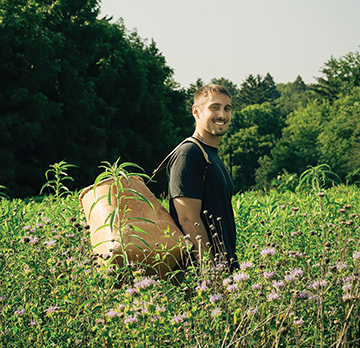On August 27, at 7 p.m., I was in my backyard with a friend when an unknown car drove into the driveway. Both driver and passenger were wearing ski masks and stared at us silently. We stared back like deer in headlights. Finally, the car backed out. Unfortunately, we did not call 911 — we, like so many of us, have not known when to call.
Twenty minutes later, I got a text from a neighbor the next driveway over: someone there had been carjacked. The description of the car and driver matched what my friend and I had seen.
I was crestfallen. Since March 2020, when I bought my first home in East Isles, this incident wasn’t isolated. There was the wire cutter on my yard one morning. Visitors yelling and swearing at my neighbors at 10 p.m. A man walking into my fenced-in backyard. Someone coming onto my property, using my hose and telling me I should board up my windows because the city was going to burn. I could go on.
Between these issues and the loss of neighborhood businesses, I’ve considered moving, but I love it here. It’s still one of the most walkable neighborhoods in Minnesota. And we’re so blessed to live by the lakes. I started wondering how I could contribute to a safer neighborhood.
Due to Minneapolis’ police shortage, a community-driven effort seemed to meet the moment. My Google searches repeatedly turned up something called a Neighborhood Watch program, one component of which is a safety walk. In a safety walk, neighbors walk around the neighborhood to notice present and reduce future crimes as well as to foster a pedestrian presence not to be mistaken for vigilantism. A safety walk was appealing as I love walking around the neighborhood.
An August Star Tribune article noted that Aileen Johnson had started safety walks in North Loop, Loring Park and the Mill District. Aileen graciously agreed to meet to discuss setting up something similar for East Isles.
From the beginning, I wanted the safety walk to belong to the East Isles Neighborhood Association (EINA) because a neighborhood association has more resources than individuals. The EINA board liked the idea, so a group of people met to discuss: Aileen Johnson, MPD Fifth Precinct Crime Prevention Specialist Jennifer Waisanen, EINA Vice President Shanti Mittra and me.
Everyone wanted to begin the safety walks as soon as possible. Aileen had an anonymous donor who would make “East Isles our own neighborhood” safety hats and t-shirts. Shanti mentioned that Inspector Katie Blackwell would join us for our first walk and would continue to provide MPD presence and partnership. Shanti has been invaluable in helping establish the safety walk as an EINA event.
Our first walk was October 27. Aileen invited the Loring Park walkers, and between Loring Park and East Isles, there were around 40 people! It was incredible to see that the idea resonated with so many neighbors and that we were able to make it happen in just a month and a half.
The safety walks provide not only an avenue to show up for safety in the community, but they also create community. At the beginning of each walk, neighbors introduce themselves. We introduce ourselves to people on the streets as well as business owners and employees, many of whom thank us. We show the community we care; we want people to feel welcome and safe.
Here are some questions about the walks:
- What do people do on the safety walks?We look for possible crime as well as city services that need attention, such as a broken streetlight. We address the concerns of unhoused neighbors to the best of our abilities. Safety walkers hand out fliers about the group to passersby and introduce themselves to businesses.We do not intervene if we see crime occurring; rather, we call 911. For non-urgent concerns, we call 311. We do not initiate contact with unhoused people if they are in tents, only if they are outside. We do not report unhoused neighbors if they do not express a desire to be helped.
- Are safety walks effective in deterring crime?Studies show between a 10% and 13% reduction in crime thanks to Neighborhood Watch activities. In a meta-analysis, 15 out of 18 studies showed evidence that Neighborhood Watch interventions reduce crime.Beyond data, people on the walks say they feel safer in the neighborhood. The goodwill and positive energy at the walks are tangible.
- How can you be sure that the safety walks don’t profile people of color?This is an important question. I was relieved to discover that safety walkers seem more aware about which events to report than neighbors not doing safety walks. Safety walkers are trained to notice and report only objective information and not to rely on hearsay or their own interpretations. As Aileen says, “We are on the lookout for behaviors, not people.” We have discussed these issues on the walks, and I’m proud of our neighbors for their awareness of these issues.
- Do we wear anything special?It wouldn’t be a safety walk if we didn’t wear bright orange to show that we have a purpose in walking!
- What times are the walks?We walk on Thursdays from 5:30 - 7 p.m. and on Sundays from 10 - 11:30 a.m. Check the EINA calendar at https://www.eastisles.org/calendar. We will walk January 8 and 26. We’d love to have you!
- How can I walk safely in winter?Wear boots with plenty of traction. Some walkers like to wear YakTrax around their boots for added safety. Bring flashlights for walking in the dark!
- How do I sign up?Sign up for the East Isles Neighborhood Association mailing list at info@eastisles.org. We’ll let you know if a walk is canceled due to weather.






